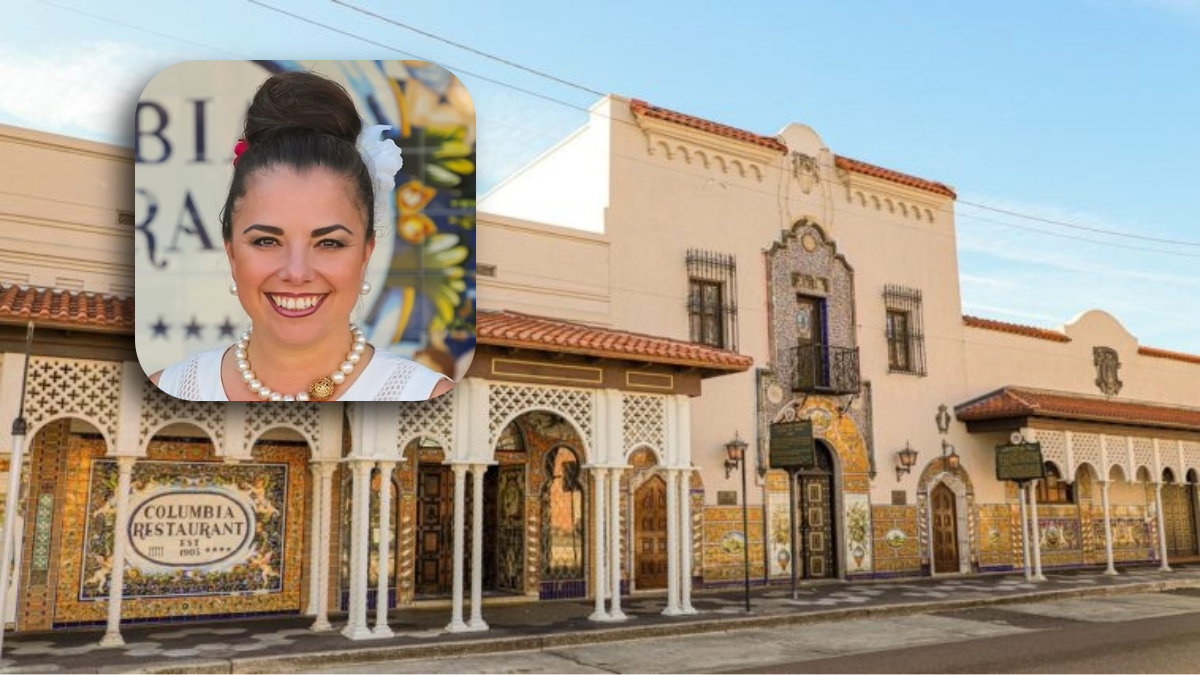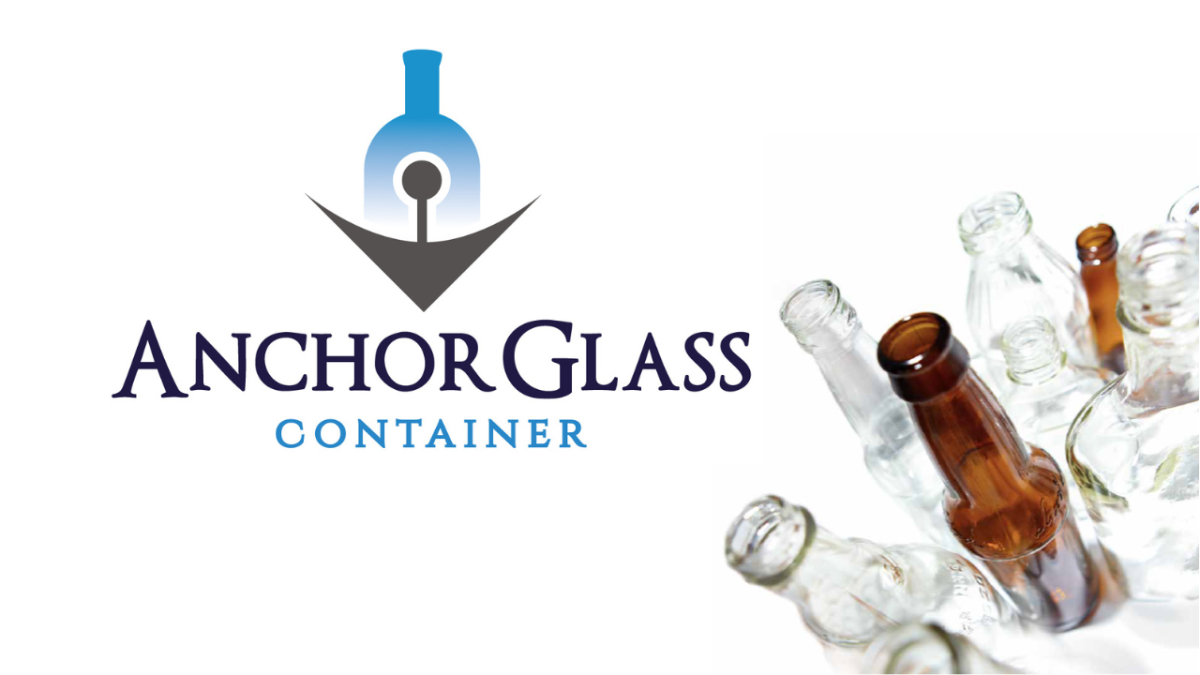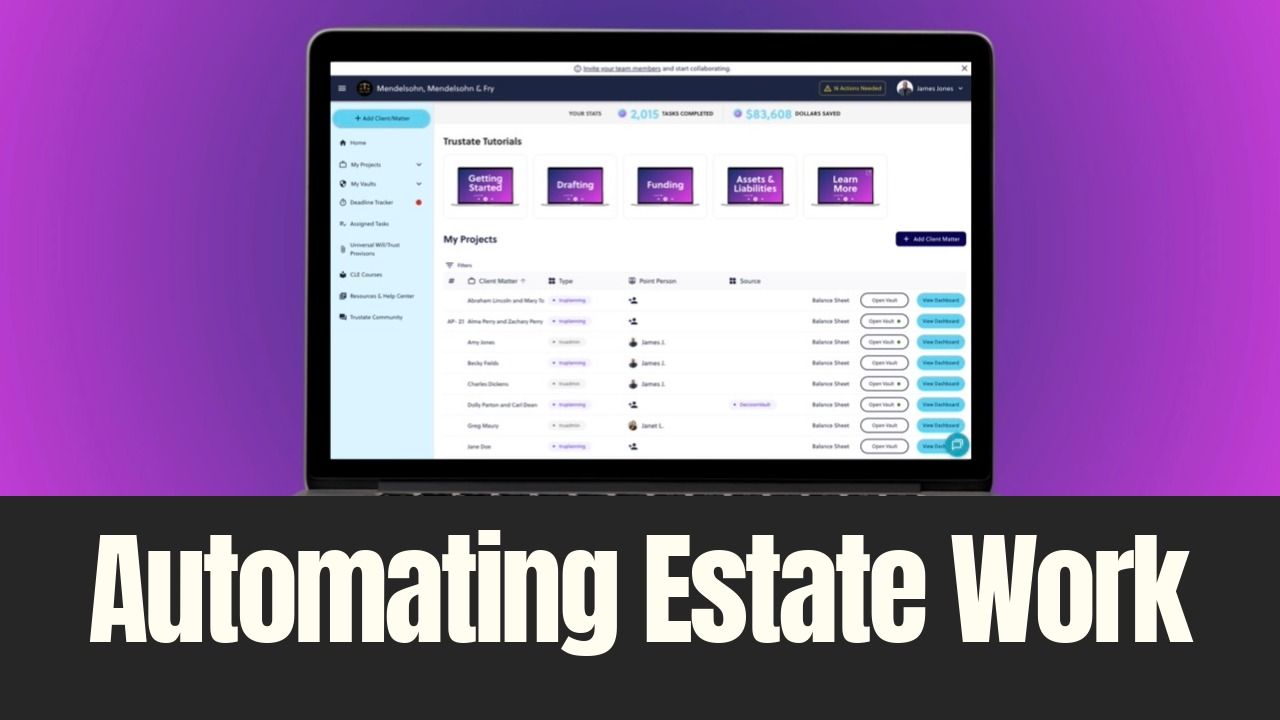In a shaky economy, more people than ever are considering starting their own business — sometimes by choice, but many out of necessity. Whether you’re chasing a dream, filling a financial gap, or reinventing yourself after a layoff, entrepreneurship can be a powerful move. But this also comes with risk, and without a clear grasp of financial basics, it can lead to disaster. So let’s break down what you need to know
Profit vs. cash flow: What’s the difference?
Most people think profit is the end-all-be-all of running a business. But profit is just what’s left over after you subtract expenses from revenue. Cash flow, on the other hand, is the real-time movement of money in and out of your business.
This means you could technically show a profit on paper and still go under if you don’t have enough cash on hand to pay your bills. That’s why cash flow often determines whether your business survives day to day.
Your industry sets the rhythm
How cash enters your business often depends on your field.
- In construction, real estate, or transportation, for example, payments are large but infrequent.
- In retail, home services, or consulting, the flow is usually smaller and steadier.
Each model requires a different approach to managing expenses and planning for the future.
Shane Carter, founder of Terra Nova Land Development, knows this first-hand. He’s built businesses in both construction and land development and sees how drastically the cash flow model can shift even within related industries.
“In construction, you typically don’t get paid a lot up front. Payments come in chunks as the project moves through phases. That forces you to budget tightly, or you end up using cash from one job to fund another — a dangerous game if anything falls apart,” he explains.
Conversely, his land deals are often paid in full at the beginning, but even that presents risks.
“If you mismanage that capital or underestimate costs, you might blow through your budget before finishing. That can leave you stuck: plenty of work, but no funds to move forward.”
The client factor: Who pays, and when?
Not all types of customers pay on the same schedule. This is another critical factor in your cash flow planning. Here’s a typical breakdown:
- Individuals usually pay at the time of service
- Businesses tend to pay within 30 days
- Government contracts can stretch to 60–90 days
And yes, there are exceptions. For example, companies like Walmart impose long payment terms on vendors, using them almost like informal lenders. That can leave you floating costs for months, even while delivering products or services.
If you’re not prepared, like calculating interest on credit or building in financial buffers, you could find yourself unable to pay your own bills before the money ever arrives.
Seasonality and surprise slowdowns
Some industries are naturally seasonal. Tourism, hospitality, and certain retail sectors experience significant highs and lows throughout the year. Others may suddenly feel the impact of outside events like a busy hurricane season shutting down travel.
If you don’t account for these patterns in your planning, you could run out of cash during the down season.
Recession reality: Even great clients can turn risky
When the economy contracts, people and businesses alike start paying more slowly — or even not at all. We see this reflected in rising consumer credit delinquency rates. Even your most dependable clients might start missing deadlines. That’s why risk assessment and tight financial controls become essential in a downturn.
Economic expert Dr. David Phelps has been warning about these trends for years. He recently added tariffs to the list of concerns.
“Many of the products affected by tariffs, including raw materials and energy, are necessary to run businesses entirely unrelated to those products. As the cost of goods sold, also known as COGS, increases, so do the prices those businesses need to charge to remain in business. As a consumer, this means you will pay higher prices for a lot more products and services than you probably realize. Inflation will be the first effect of the tariffs, but that will quickly ripple out into other aspects of the economy. As a result of growing inflation, the Federal Reserve will be forced to raise interest rates to force it back down — a necessary step to turn the economy around, but one that will also create significant financial pain. Higher interest rates mean credit becomes more expensive, so big purchases like homes, cars, and commercial buildings will slow down,” Phelps notes.
To counter inflation, the Federal Reserve will raise interest rates. That’s good for long-term stability, but painful in the short term, making credit more expensive and slowing big purchases. All of that contributes to tighter cash flow across nearly every industry.
Know your industry like an insider
In my own experience, the businesses I failed at were ones I rushed into without deep research. The successful ones? They were in industries I truly understood before investing a dime.
These days, I’m more methodical — especially when evaluating small businesses for acquisition. A big influence on my process has been Thomas A. Carver, founder of Harrin Equity Partners, who built a nearly $800 million private equity portfolio by mastering the art of due diligence.
“Something my father told me when I was younger is, ‘shave with the lights on,’ and what he meant by that was to always be acutely aware of what’s going on around me. That’s something I took to heart then, but it means even more to me today because every bad investment I’ve ever made started off as a great investment. This means that you have to really understand the business you’re investing in, and that requires deep knowledge on a visceral level. It also requires a deep interest, bordering on passion, because this is exactly what it takes to dig deep enough into an industry to see what others miss—that’s how you spot the opportunities and red flags.” Carver says.
He believes understanding an industry on a gut level is how you uncover both hidden opportunities and red flags, and the more passionate you are, the deeper you’ll dig. For him, risk boils down to two things:
- How well you understand the business
- How confident you are in your ability to execute
The bottom line: Cash flow is survival
You can have great margins and strong revenue, but if the cash isn’t there when you need it, your business will struggle.
Cash flow is what keeps the lights on, and in a turbulent economy, you need to get even better at tracking it, forecasting it, and adapting quickly to changes.
Plan with real-world cash flow in mind — not just the numbers on paper. If you do, you’ll build a stronger, more resilient business that can survive (and thrive) no matter what the economy throws your way.













